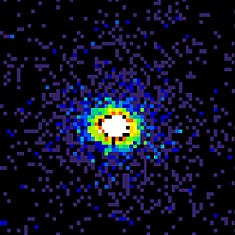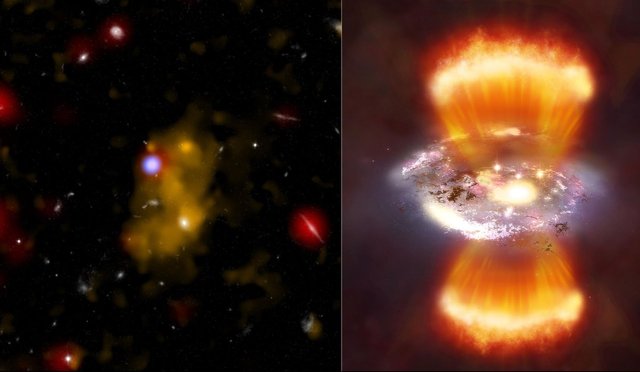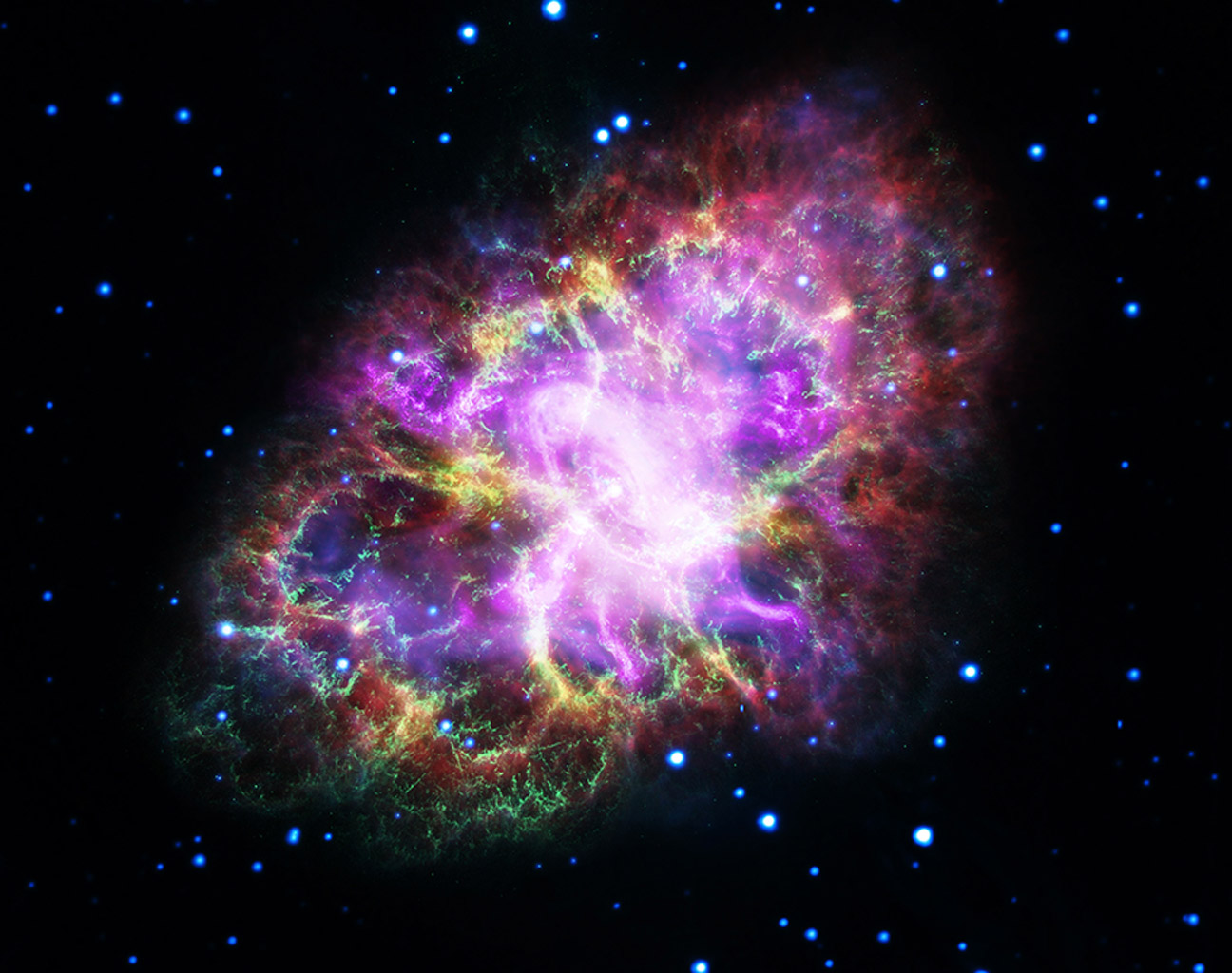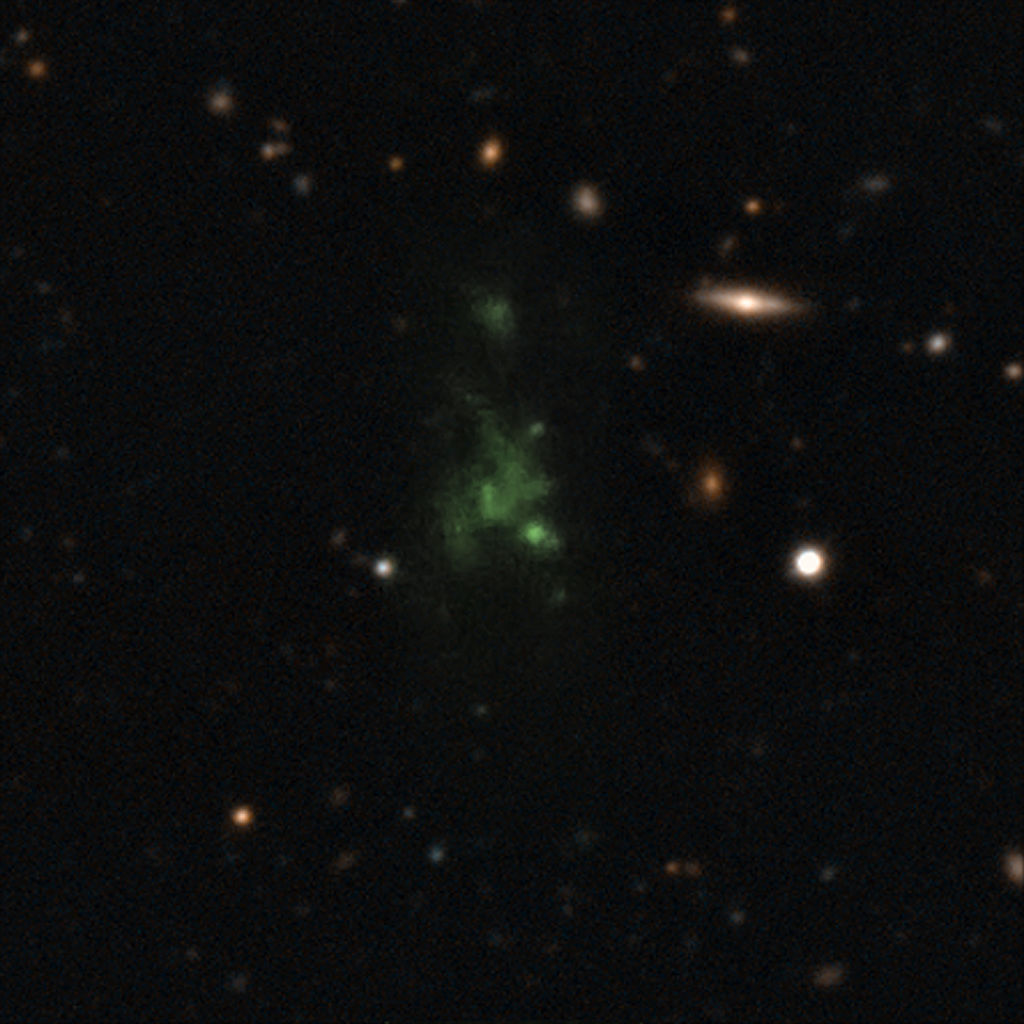Black Holes Can Supernova Too!
When we think of black holes, we think of infinitely dense singularities that are so massive that even light cannot escape. These singularities are only visible through the effects of their mass on their surroundings.
As we will layout the simple basis for why this it is so in this article, black holes are capable of supernova. In the same way as a supernova of a star produced the Crab Nebula, black holes produce gas cloud remnants.
But first we need to clear some things up about black holes.
Introduction: Understanding Black Holes
It is said that we cannot directly observe black holes, but this is only partially true. What is most true is that we cannot directly observe black holes in the visible light spectrum. Due to this, we have mistakenly interpreted them as separate and distinct from all other systems; as singularities. The reality is that all systems function the same.
Black holes, just like stars and planets and every other object in the cosmos that we can directly observe in the visible light spectrum, have an actual radius and volume; they are not singularities. Due to their high mass, however, they influence the specific wavelengths that we see as visible light gravitationally so that any of the light they emit in the visible light spectrum is gravitationally bent back in on them which causes them to appear as singularities; this is an optical illusion.
Additionally, stars emit light in specific wavelengths. Black holes are no different. The sun's solar radiation spectrum is largely in the visible light spectrum, but this is a function of its mass. Larger masses such as black holes would have their radiation spectrum shifted towards the X-ray spectrum.
This can be seen by observing black holes in the X-ray spectrum. We have many examples of black holes observed in the X-ray spectrum, however because we think in relationship to visible light we interpret these observations not as the body of the black hole but rather as "mass falling into the black hole".

Source
This picture is described as:
"The black hole pulls gas of the star orbiting around it. The gas heats up and emits X-rays (yellow) as it falls into the black hole.".
However, this is not simply gas falling into a black hole and emitting X-ray spectrum light. This is the body of the black hole, visible in the X-ray spectrum. Black holes are not singularities.
Again, this is interpreted as mass falling into the black hole emitting light in the X-ray spectrum:
"The supermassive black hole in M81 generates energy and radiation as it pulls gas in the central region of the galaxy inwards at high speed. Therefore, the model that Markoff and her colleagues used to study the black holes includes a faint disk of material spinning around the black hole. This structure would mainly produce X-rays and optical light. A region of hot gas around the black hole would be seen largely in ultraviolet and X-ray light."
However, we see the body of the black hole in the X-ray spectrum. This is because it is more massive and so its solar radiation spectrum would be shifted towards the X-ray spectrum. It is not a singularity. Additionally, its mass influences specific wavelengths of light differently. As mass increases, so too does gravitational lensing on specific wavelengths.
Black Hole Supernovas
All systems function the same. Stars are not the only systems that can supernova, all bodies in the cosmos can supernova under the right conditions. When a system is at steady-state, it tends to stay at steady-state until sufficient activation energy brings it to change to a new system. When this occurs, just like a reaction, it releases some energy as the system evolves into a new steady-state.
We have directly observed black hole supernova clouds.
Known as Lyman-Alpha Blobs, these structures are extremely voluminous gas clouds detected in the cosmos. These are some of the largest known individual objects in the observed universe, some spanning more than 400,000 light years across.
Lyman-alpha blob 1 was the first of its kind discovered, having a diameter of around 300,000 lightyears, three times larger than the diameter of the Milky Way. For comparative purposes, our solar system is about 4 lightyears in diameter while the Crab Nebula, remnant's of a star's supernova, is about 11 lightyears in diameter.
Additionally, light from Lyman-alpha blob 1 is polarized.
Light from the supernova of a star is known to be capable of being polarized.

Source
In the image above, on the left is another image of a Lyman-alpha blob, and on the right is an artist's rendition of this. Lyman-alpha blobs are the result of black hole supernovae, which this artist just happens to be essentially depicting. However, because we do not recognize that black holes function the same as other bodies in the cosmos, we also do not recognize that they, too, can supernova.
Conclusion
All systems function the same. Black holes, just like stars, are capable of supernova. And just like stars and planets, black holes are not singularities. This is a misconception that stems from interpretation of black holes based on the visible light spectrum as the window through which we approach the observations. Just because we cannot visibly see their voluminous body does not mean it is a singularity. Optical illusions are everywhere in the cosmos. Looking in the X-ray spectrum shows us the body of the black hole.
For More Information
Check out my other posts on Steemit or my website CascadingUniverse.Org. You can read my short book, The Simple Reality, and/or research paper, The Universal Principle of Natural Philosophy, and/or watch my YouTube video explanation, where I explain how gravity causes all observations in the Infinite Universe here.




Thanks for contributing in #science tag, here on steemit we need more original and quality content just like this post. You just gave me an inspiration for my next work, so thanks for that. Moreover, I'd love to see more content from you in the near future. Followed!
Thanks appreciated! I will definitely keep posting. Looking forward to your next work. Also, I would recommend checking out my other posts, they are all original and share a common thread of looking at observations in the universe through a simple model based in gravity alone. One of my personally most recommended posts of mine is about the misinterpretations that led to the Big Bang, The Big Bang's Big Assumption. I highly recommend checking it out and any other posts that look of interest, I have quite a few at this point. :)
Very interesting, Good job!